Nicotine Dependence

Nicotine Dependence And Withdrawal
“Nicotine dependence (also called tobacco addiction) involves physical and psychological factors that make it difficult to stop using tobacco, even if the person wants to quit. Nicotine releases a chemical called dopamine in the same regions of the brain as other addictive drugs.
When a person stops using tobacco, nicotine levels in the brain drop. This change triggers processes that contribute to the cycle of cravings and urges that maintains addiction. Long-term changes in the brain caused by continued nicotine exposure result in nicotine dependence, and attempts to stop cause withdrawal symptoms that are relieved with renewed tobacco use.” Canadian Centre for Addiction and Mental Health
Withdrawal
Dr. Norman H. Edelman, chief medical officer of the American Lung Association, explains what to expect during withdrawal.
For a short period after quitting, Edelman says, you’ll feel quite uncomfortable, because your body is trying to overcome 2 types of addiction:
- physical: Your brain is reacting to the sudden lack of nicotine.
- psychological: Your mind is dealing with the end of habit-related rituals, such as smoking after a good meal, or the hand-to-mouth motion.
Edelman says the most common withdrawal symptoms include: cravings, hunger, trouble sleeping, grumpiness, cough and sore throat, dizziness and headaches, restlessness, difficulty concentrating, fatigue.
Learn more about nicotine withdrawal including advice for easing symptoms.
How Can My Pharmacist Help?
Kicking your nicotine habit to the curb might be on your to-do list, but how do you turn your good intentions into concrete action?
The market is full of nicotine replacement therapy (NRT) tools that work differently for different types of nicotine dependence and people. Nicotine replacement therapies replace the nicotine you used to get from tobacco (without the harmful toxins) so that you can focus on the other aspects of your recovery with support groups and counselling. Combining physical and psychological treatment methods is the most successful way to quit tobacco use.
Different forms of NRT include chewing pieces (gum), the nicotine patch, inhaler, lozenges, and mouth sprays. These products may not be right for everyone and need to be used properly. Your Pharmasave pharmacist or doctor can help you navigate all the options, providing information and advice for a personal treatment plan that’s right for you.
Find your local Pharmasave and talk to your Pharmasave pharmacist today.
What If I Need A Prescription?
Sometimes over-the-counter medication or at-home treatment may not be right for you. There are other medications available in Canada to help with nicotine dependence that do not use nicotine to help reduce withdrawal symptoms. These require a prescription from your pharmacist or doctor.
Speak with your Pharmasave pharmacist for an assessment to determine if these prescription medications are right for you. If this course of treatment is suitable for your condition after an assessment, your pharmacist can write a prescription for you.
What a pharmacist can prescribe for varies by province*. For more details, view the Canadian Pharmacists Association’s chart: Common Ailments Prescribing in Canada.
To learn more about how your pharmacist can help, visit your local Pharmasave store and speak with your Pharmasave pharmacist.
*Note that Prescribing Pharmacist services are not always covered by provincial health care – a pharmacy fee may apply. Speak with your pharmacist about eligibility.




